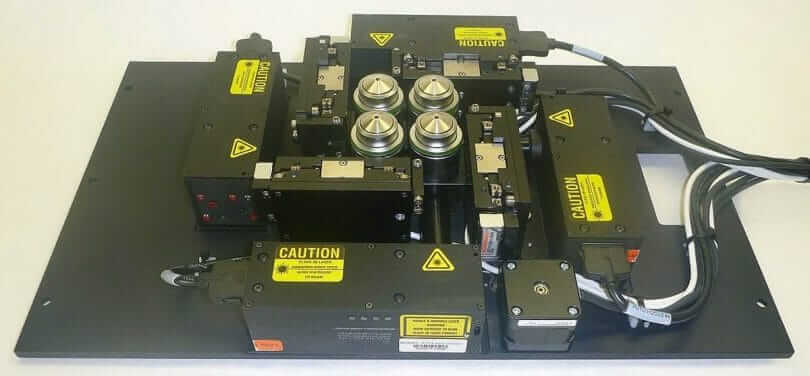Forensics is the application of scientific methods such as data gathering, hypothesis, experimentation, and conclusion in the investigation of a crime. The primary goal is to observe, record, and gather evidence in order to establish a legal case or to solve a mystery. Law enforcers normally begin with obvious physical evidence in investigating a crime, and then they dig deeper by examining less visible elements such as human blood or tissue, chemicals, substances, particles, and the like.
In such delicate and highly sensitive circumstances, where even the most minute or even unseen physical evidence is vital, microscopes play an essential role. Not just any ordinary microscope will do, but more specialized and complicated devices are usually called for during investigation and analysis. These have more power and capability to uncover and observe data that is hidden from the naked human eye.
Automated microscopy
Modern science and technology today has created microscopy systems that are able to analyze forensic samples more accurately and reliably. Laboratory processes, for instance, are made faster with the help of automation, where samples are mounted on movable linear stages for z-axis focusing.
Z-axis movement is vital in order to move the sample being examined under the microscope closer or farther from the lens. This way, perfect focus and visibility can be achieved. This is apart from movement along the X-axis and Y-axis, which is vertical and horizontal, respectively. In microscopy, these movements have to be extremely calibrated and precise, as it involves very small samples. The equipment being used is also very sensitive and fragile.
General criminal science
There are many areas of forensic science where microscopes are used extensively and play a very important part in the overall investigation. First and foremost, general criminal science utilizes microscopes for investigative purposes, in order to magnify objects and items in great detail. A routine and common procedure, for instance, is the examination of bullets and the marks left on it by the gun it was used in.
More minute things and pieces of evidence such as hair, fibers, or even skin and dust particles can be examined more thoroughly under a microscope to establish findings. Comparisons can be made between such collected evidence against established samples. For example, the origin of a particular natural substance such as soil can be traced, or even synthetic substances such as clothing fiber.
Forensic epidemiology
Epidemiology, or the study of diseases and how it spreads, can also be applied in forensics. Bacteria, viruses, spores, and other microscopic organisms or materials gathered as evidence in a crime scene are studied carefully in order to confirm their presence and determine their origin or route of travel. These tasks are useful in crimes that involve poisoning, contamination, or chemical warfare.
Blood samples from humans involved in the crime, whether dead or alive, can also be examined for diseases or other circumstances that can establish their connection to a situation or location.
Forensic pathology & anthropology
Forensic pathology seeks to determine the way that a person died or was killed. A disease could be established, or the manner of killing such as through a gunshot wound, a knife, blunt force, or other means. If the body being investigated has long been dead, buried, or decomposed, forensic anthropology comes in.
Here, the same microscopic investigation is carried out but using available remnants instead, such as bones, teeth, or other human residue. A popular saying goes that “dead men tell no tales,” but forensic anthropology proves this otherwise. Forensic investigators are able to gather a lot of insights into the past just by looking more closely into anthropological evidence.
Microscopy innovation
As modern science and computer technology advances even more, automated microscopy is improving further as well, enabling scientists, medical professionals, and law enforcement personnel to solve criminal cases faster and better. Cost efficiency is another aspect of microscopy that is improving, with the advent of more widely available and accessible technology.







